Plastic bottle cleans up water-borne diseases
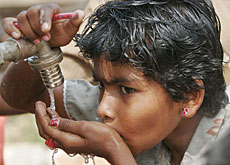
Plastic bottles may offer the best and cheapest solution to clean up water polluted by the Asian tsunami.
Swiss researchers say the Sodis system suffers from only one drawback – people’s refusal to admit that something so economical could be so effective.
In the wake of the December 26 tsunami, the Geneva-based World Health Organization (WHO) has pinpointed water-borne diseases as one of the biggest threats to survivors’ well-being.
It estimates that to 150,000 people could face outbreaks of cholera, typhoid and dysentery, along with diarrhoea. Every year, there are already 1.6 million diarrhoeal deaths related to unsafe water, most of them children under the age of five.
Scientists at Switzerland’s Federal Institute for Environmental Science and Technology have been promoting a cheap solution to the WHO fears for over a decade.
Cheap alternative
Solar water disinfection, or Sodis, is already in use in 20 countries, and is a cheap alternative to expensive water purification systems.
People can clean water in clear plastic bottles, simply by filling them up, shaking them and then leaving them in the sun for at least six hours, if possible on a sheet of corrugated iron or a roof.
The radiation from sunlight and the increased temperature of the water are enough to kill many forms of bacteria and viruses.
Martin Wegelin, who leads the rural water treatment programme at the Institute, says he has been in contact with the WHO, the Swiss Agency for Development and Cooperation (SDC) and Unicef since the killer waves struck nearly two weeks ago.
While these organisations’ mandates mean they won’t implement Sodis themselves, they are giving it a second look.
Peter Kaufmann, head of the SDC’s drinking water group, has recommended the use of the system in the areas affected by the tsunami.
“We think that Sodis will be particularly useful in villages where there were no proper water treatment systems before,” he told swissinfo.
Scaling up
Wegelin is also confident that the solar disinfection system can be used in major disaster zones.
“One project we have in Lombok, at the other end of Indonesia, has reached 100,000 people in just one year,” he said. “So I think you could scale up this type of project.”
The Swiss researcher says that one hurdle is a lack of local partners. “We rely on their expertise because they have developed valuable information in local languages, and they know how to promote this technology,” he told swissinfo.
Wegelin reckons that in the aftermath of the tsunami, easily replicable water treatment techniques with low operational and maintenance costs are a must.
“Water treatment systems that have been shipped to the disaster areas so far are expensive and can only help a few hundred people,” he said.
Fear of disease
Sodis projects are underway in other Asian countries, including India, Sri Lanka and Thailand. While none of the areas involved was struck by the tsunami, some of them are close to the disaster zones.
Solar disinfection is generally well accepted where it has been introduced in the past. According to Wegelin, the hardest part is convincing populations that such a cheap water treatment method can be efficient.
But he says that the threat of water-borne diseases might help the message filter through.
“What we have seen is that when people are truly afraid, they take notice,” he told swissinfo. “In Asia, diarrhoea is quite common, but when locals hear the word ’cholera’, they start to fear for their lives.”
swissinfo, Scott Capper
Diarrhoea occurs worldwide and causes 4% of all deaths.
It is most commonly caused by gastrointestinal infections, which kill around 2.2 million people globally each year, mostly children in developing countries.
In Southeast Asia and Africa, diarrhoea is responsible for as much as 8.5% and 7.7% of all deaths respectively.
Cholera and dysentery cause severe, sometimes life threatening forms of diarrhoea.
Sodis, which requires PET plastic bottles to treat water, uses solar radiation to destroy pathogenic microorganisms that cause water-borne diseases.
It is best applied to small quantities of contaminated water, which is emptied into the bottles and exposed to full sunlight for six hours.
If the temperature of the water rises above 50 degrees centigrade, one hour is sufficient.
Sodis is not applicable everywhere though, since it requires a minimum amount of sunlight and the water treated must also be reasonably clear.

In compliance with the JTI standards
More: SWI swissinfo.ch certified by the Journalism Trust Initiative
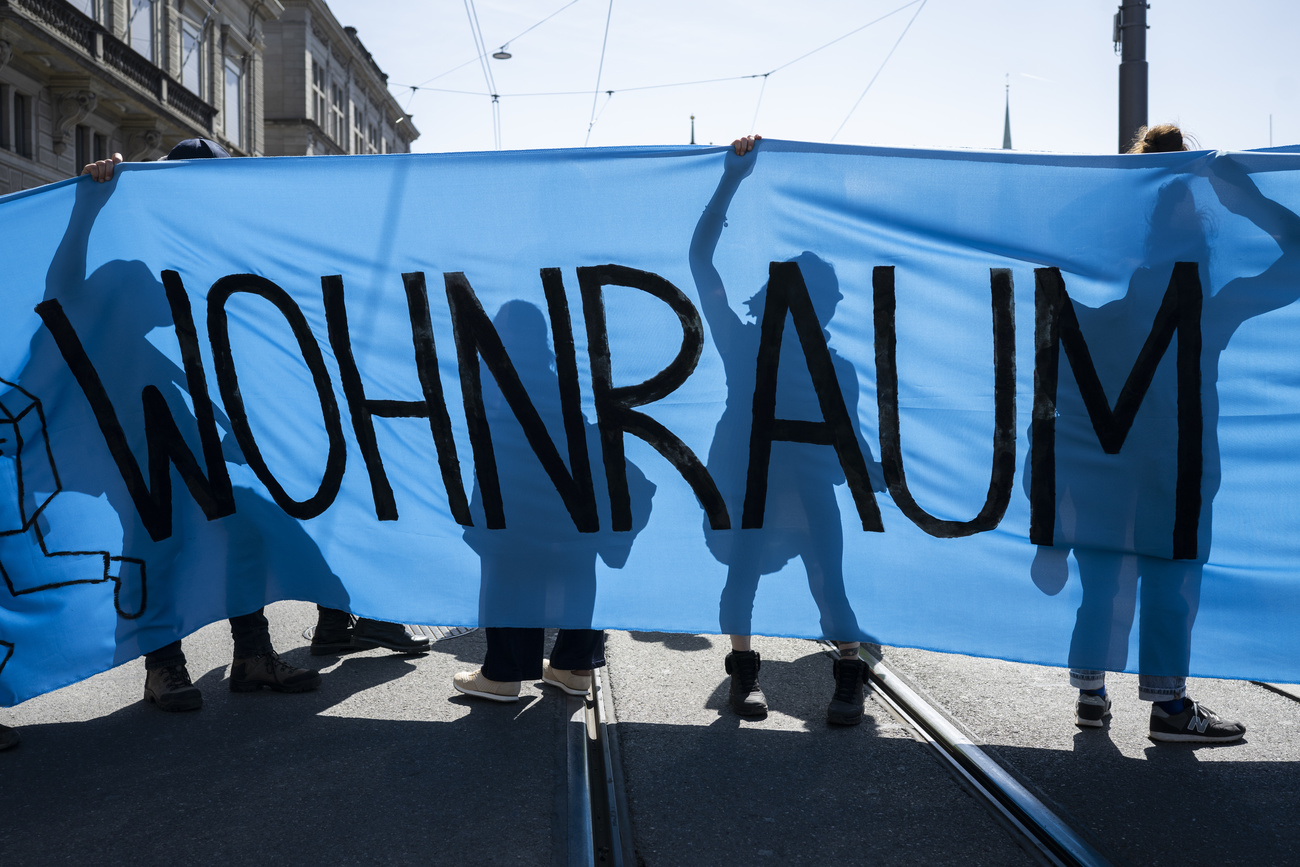
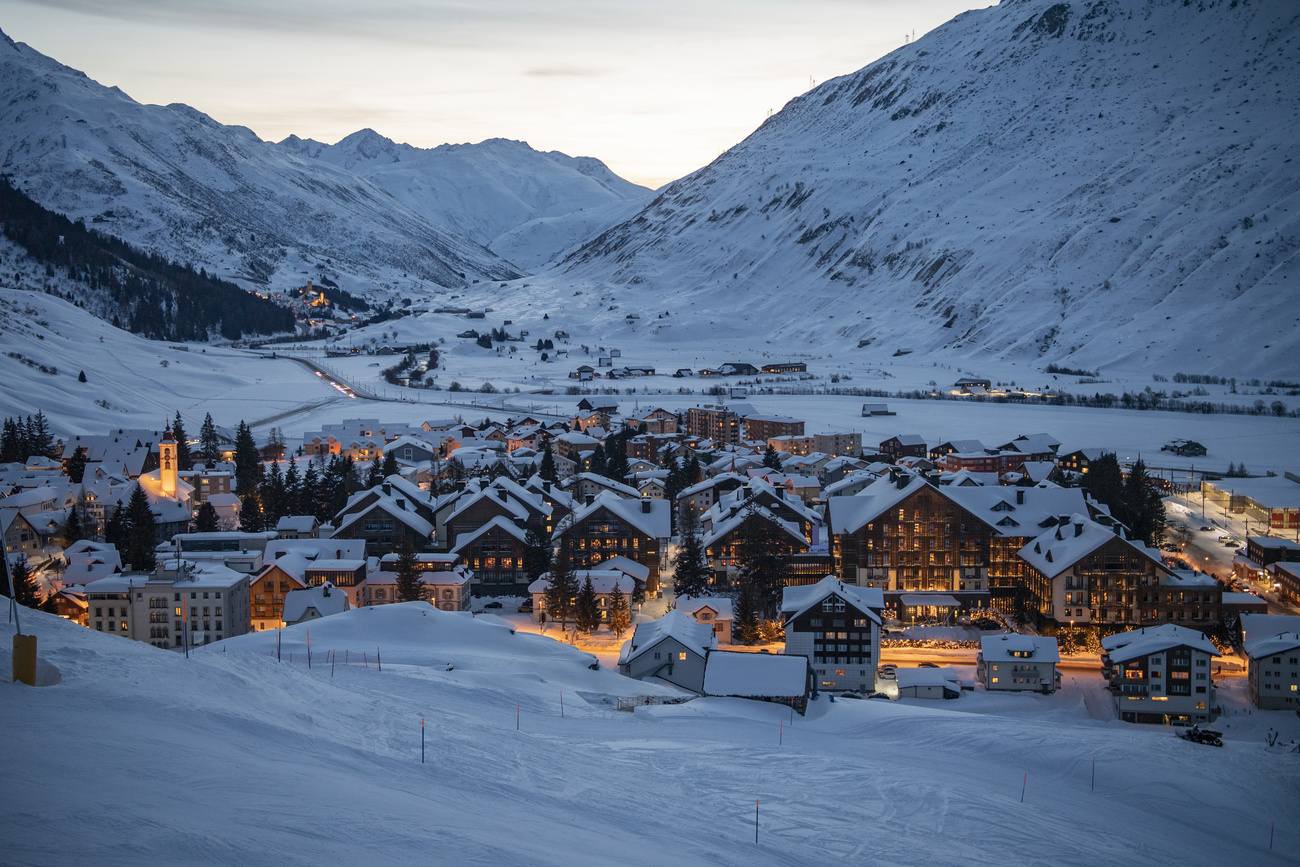

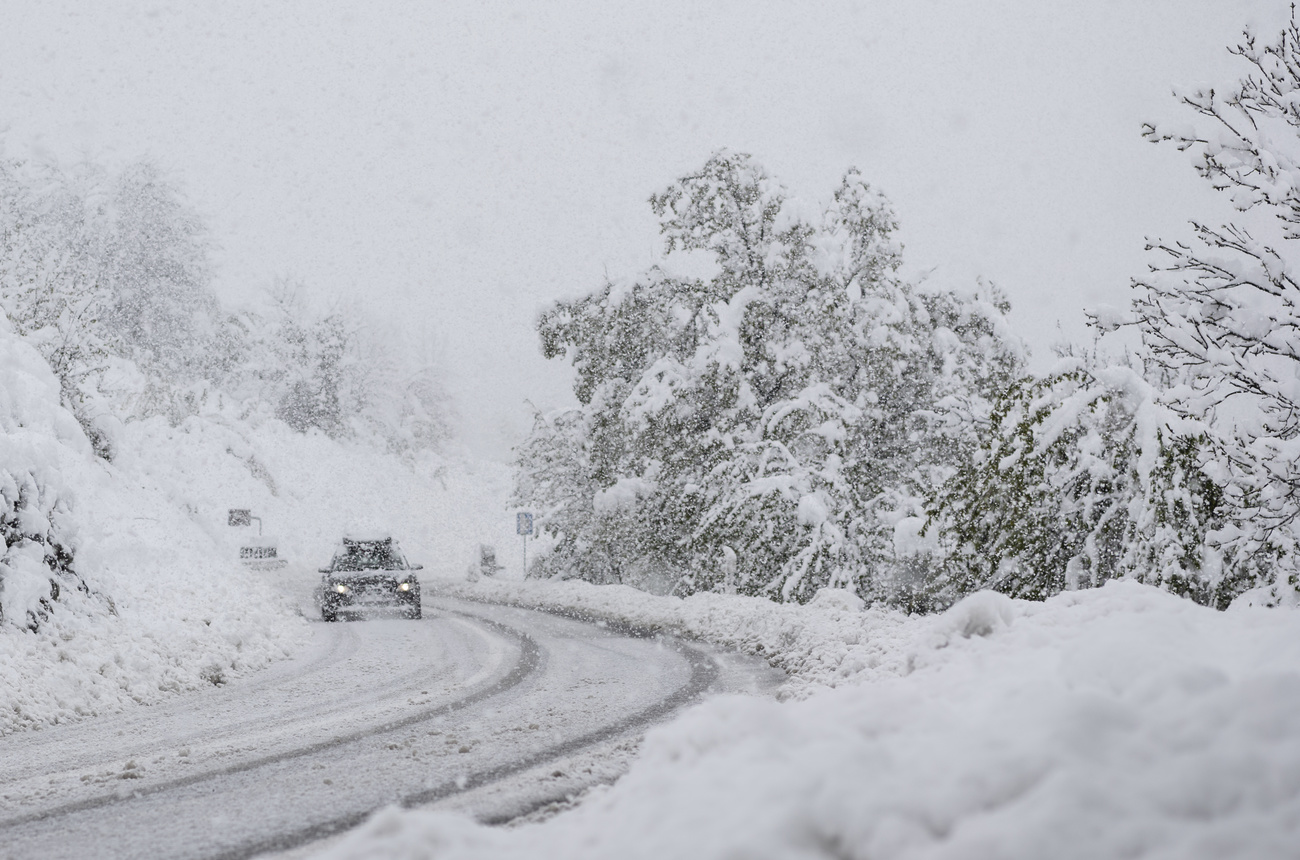
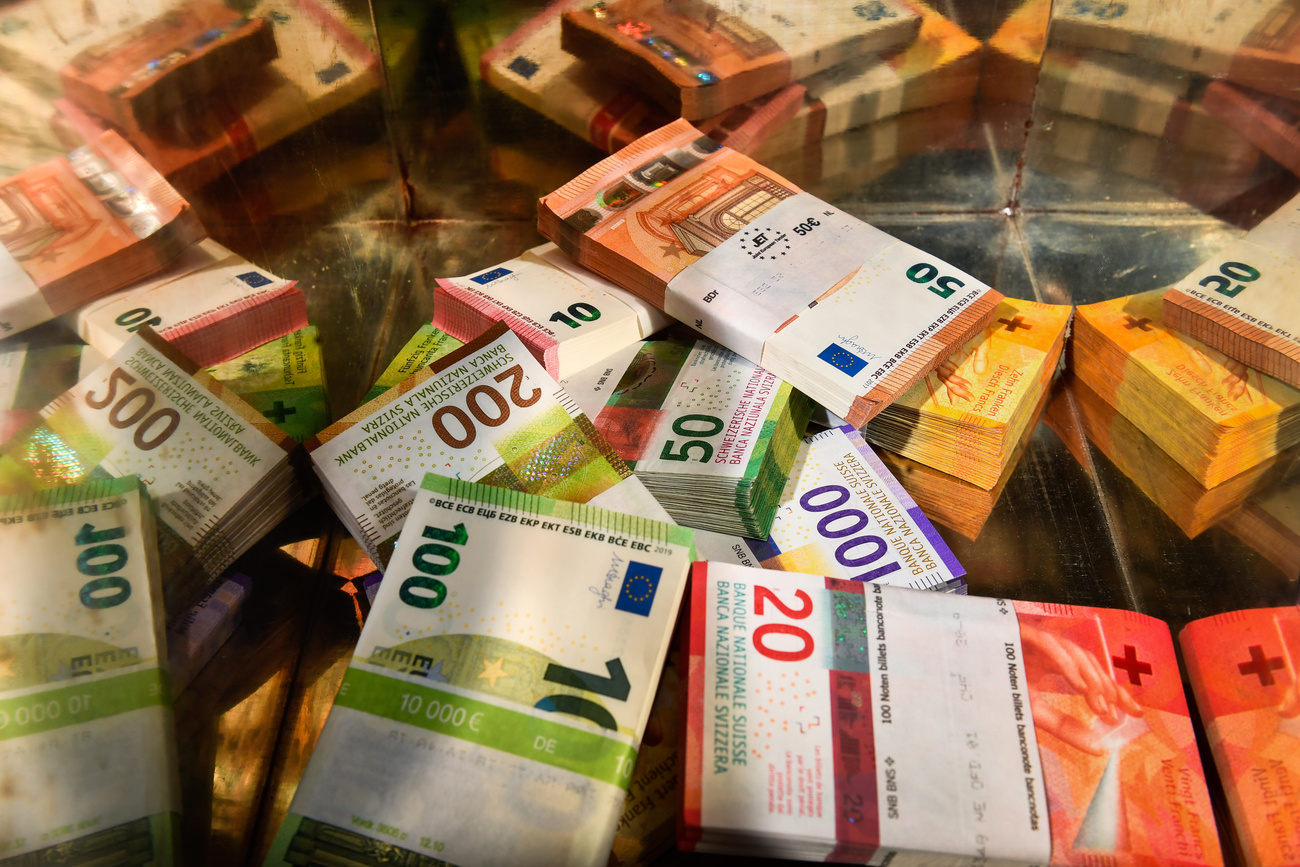






You can find an overview of ongoing debates with our journalists here . Please join us!
If you want to start a conversation about a topic raised in this article or want to report factual errors, email us at english@swissinfo.ch.